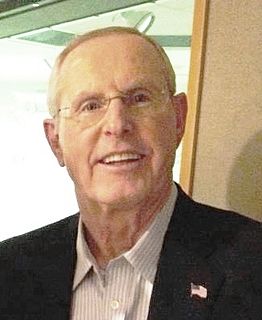A Quote by Jennifer Hyman
Every single person around the world has this storage facility in their bedroom, and we call it a closet, and 80 percent of the stuff in that storage facility is worn three times or less in its lifetime.
Related Quotes
Cloud storage in data centers will utilize the latest developments in physical storage virtualization, deduplication and other methods to make the most effective use of physical storage assets. Software defined storage could allow a further level of abstraction and cost effectiveness. The vast bulk of content stored "in the cloud" will reside on large SATA interface HDDs with some on magnetic (mostly LTO) tape (particularly for "archives.")
I will put my Butkus (Award) in storage. I will put my Alamo Bowl MVP trophy in storage. Jerseys, anything Penn State, in storage. Wherever Tom Bradley goes, that's the school I will start to put memorabilia up in my home. I'm done. I'm done with Penn State. If they're done with us, I'm done with them.
The most straightforward path would be if we could bring the cost of solar electric and wind down by another factor of say, three, and then have some miraculous storage solution, so that not only over the 24-hour day but over long periods of time where the wind doesn't blow, you have reliable energy. That's a path. But energy storage is hard. That's not a guaranteed path.



































